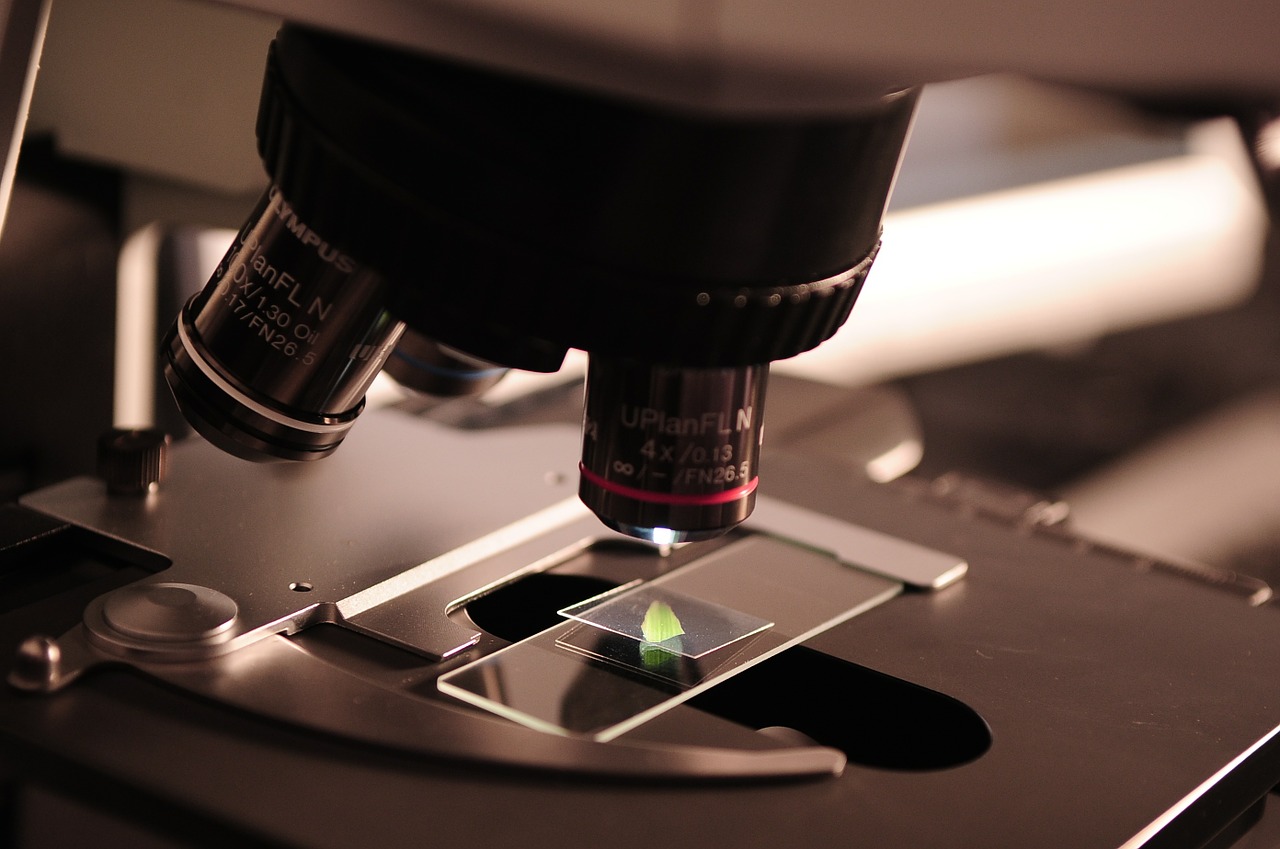Next Next Gen Detection of Structural Variants
/Accurate detection of complex structural variations using single-molecule sequencing
Fritz J. Sedlazeck, Philipp Rescheneder, Moritz Smolka, Han Fang, Maria Nattestad, Arndt von Haeseler, and Michael C. Schatz
Nature Methods (Research article)
Abstract—Structural variations are the greatest source of genetic variation, but they remain poorly understood because of technological limitations. Single-molecule long-read sequencing has the potential to dramatically advance the field, although high error rates are a challenge with existing methods. Addressing this need, we introduce open-source methods for long-read alignment (NGMLR; https://github.com/philres/ngmlr) and structural variant identification (Sniffles; https://github.com/fritzsedlazeck/Sniffles) that provide unprecedented sensitivity and precision for variant detection, even in repeat-rich regions and for complex nested events that can have substantial effects on human health. In several long-read datasets, including healthy and cancerous human genomes, we discovered thousands of novel variants and categorized systematic errors in short-read approaches. NGMLR and Sniffles can automatically filter false events and operate on low-coverage data, thereby reducing the high costs that have hindered the application of long reads in clinical and research settings.









